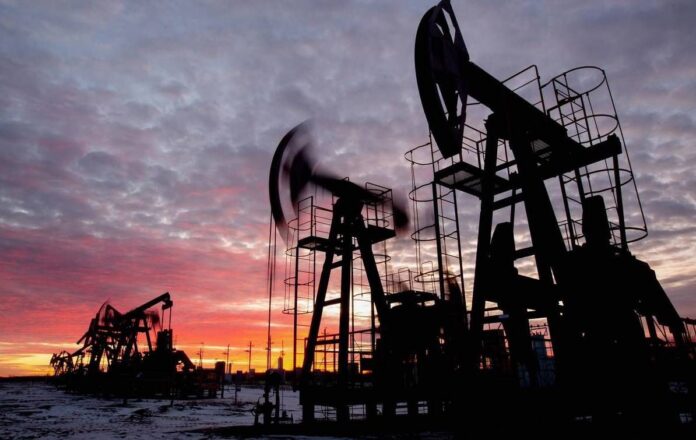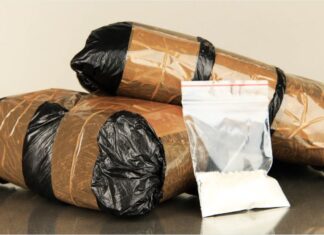ISLAMABAD: Pakistan’s oil and gas production has experienced notable declines over the past decade, according to the latest data from the Pakistan Petroleum Information Service (PPIS). Crude oil production has decreased by 25%, falling from 94,500 barrels per day in 2015 to 70,500 barrels per day in 2024. This decline reflects a broader trend of reduced output in the country’s energy sector.
Gas production has also seen a substantial decrease, dropping by 900 million cubic feet per day (MMCFD) from 4,016 MMCFD in 2015 to 3,116 MMCFD in 2024. This reduction represents an annual decline of 4.4%. Despite this, oil production has seen a slight annual increase of 1.5% in the 2024 fiscal year, reaching 70,536 barrels per day.
The decrease in production comes amid a historic plunge in demand for petroleum products, which fell to an 18-year low of 15.3 million tonnes in the fiscal year 2023-24. The decline in demand is attributed to several factors, including the full pass-through of increased global energy prices to local consumers and a Rs1 trillion collection in petroleum development levy (PDL) from oil sales. The PDL, set at Rs60 per litre on petrol and diesel, has significantly contributed to the reduction in consumption.
The decline in demand has been further exacerbated by the overall economic slowdown, sluggish industrial output, high inflation, and elevated interest rates, which have deterred both industrial and commercial consumers. Additionally, households have cut back on commuting, further driving down consumption.
However, there was a notable rebound in demand in the last month of FY24, reaching a 19-month high of 1.45 million tonnes. This surge was driven by a reduction in energy prices and increased use of furnace oil-run power plants to meet the high electricity demand during a particularly hot summer.
As Pakistan navigates these challenges, the energy sector faces continued pressure to balance production levels with fluctuating demand and economic conditions.
























